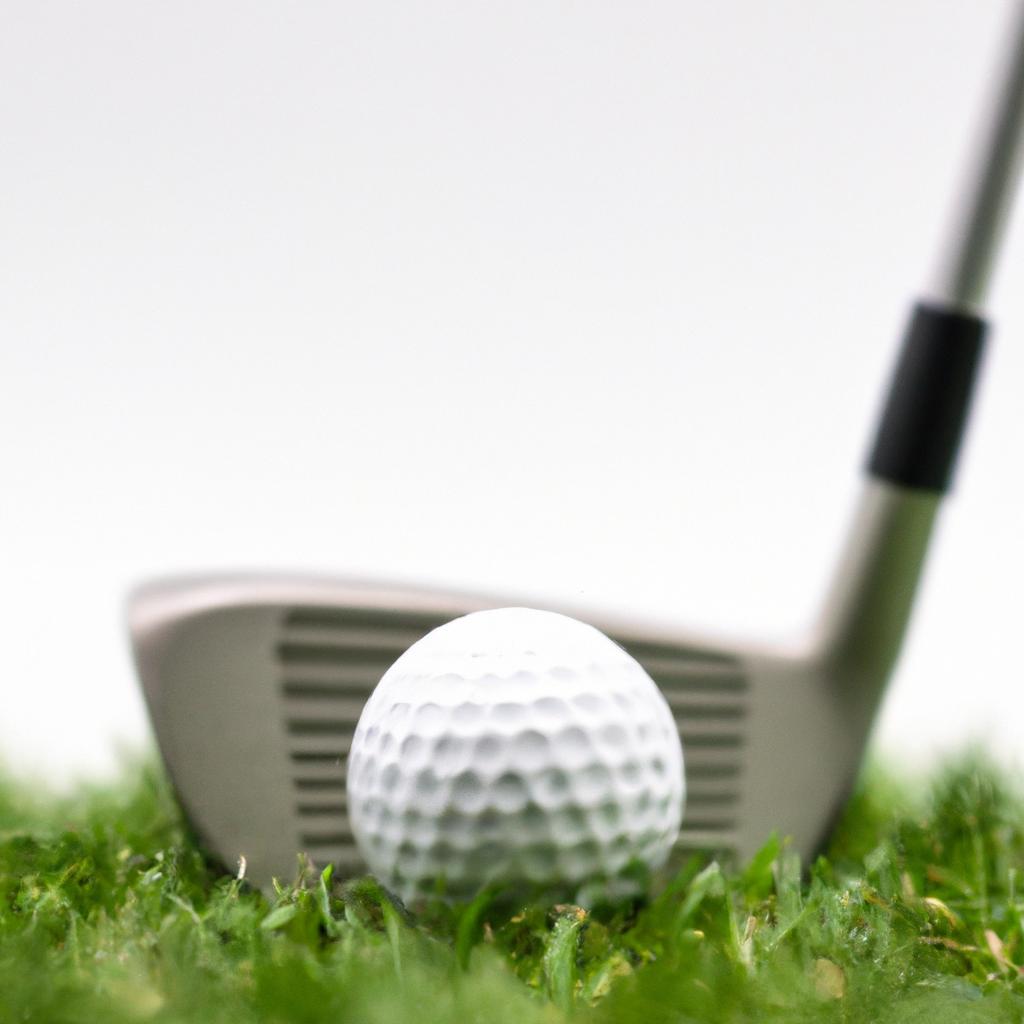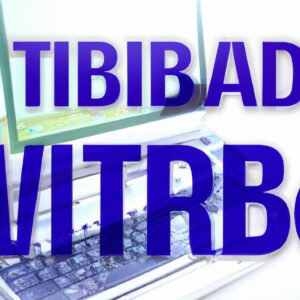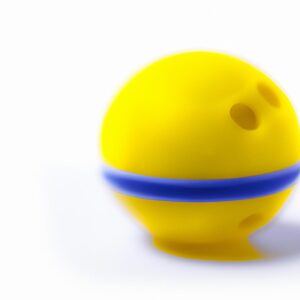**”The Role of Self-Myofascial Release in Post-Workout Recovery: Techniques to Enhance Muscle Relaxation and Reduce Soreness
# The Role of Self-Myofascial Release in Post-Workout Recovery: Techniques to Enhance Muscle Relaxation and Reduce Soreness
In the world of fitness and athletic performance, recovery is just as crucial as the workout itself. Among the various recovery techniques available, self-myofascial release (SMR) has gained considerable attention. This approach involves applying pressure to specific points on the body to relieve muscle tightness and enhance overall flexibility. In this blog post, we will explore the role of self-myofascial release in post-workout recovery, discuss effective techniques, and highlight its benefits, along with nutrition and exercise tips to further enhance your recovery process.
## Understanding Self-Myofascial Release
### What is Self-Myofascial Release?
Self-myofascial release is a technique used to alleviate muscle tightness and improve blood flow. It typically involves the use of foam rollers, massage balls, or your own hands to apply pressure to specific areas of the body, targeting the fascia— a connective tissue that surrounds muscles, bones, and organs. By performing SMR, you can release adhesions, promote relaxation, and ultimately enhance muscle recovery.
### How Does SMR Work?
When you apply pressure to a specific area, it stimulates the Golgi tendon organs, which signal the muscle to relax. This process can help alleviate tension and improve flexibility. Moreover, SMR can promote better circulation, allowing nutrients and oxygen to reach the muscles more effectively, which is critical for recovery.
## Techniques for Effective Self-Myofascial Release
### Foam Rolling
Foam rolling is perhaps the most well-known SMR technique. To foam roll effectively, roll slowly over the targeted muscle group, pausing on any tight spots for 20-30 seconds. Focus on areas such as the quadriceps, hamstrings, calves, and upper back.
### Massage Balls
For hard-to-reach areas or trigger points, massage balls can be particularly effective. Simply place the ball against the wall or floor and lean into it, rolling over the tight areas. This technique is great for the glutes, shoulders, and feet.
### Partner-Assisted Techniques
If you have a workout buddy, consider partner-assisted SMR techniques. This can include using a massage stick or having your partner apply pressure to specific muscle groups, allowing for deeper release.
## Nutrition Tips for Enhancing Recovery
### Hydration is Key
Maintaining adequate hydration is essential for muscle recovery. Water helps transport nutrients to your muscles and flush out toxins. Aim for at least 8-10 glasses of water per day, and consider electrolyte drinks after intense workouts.
### Protein Intake
Protein is vital for muscle repair. Incorporate high-quality protein sources, such as chicken, fish, beans, and legumes, into your post-workout meals. Aim for about 20-30 grams of protein within 30 minutes of finishing your workout for optimal recovery.
### Anti-Inflammatory Foods
Foods rich in omega-3 fatty acids, such as salmon and walnuts, as well as antioxidant-rich fruits and vegetables, like berries and spinach, can help reduce inflammation and muscle soreness. Consider adding these to your recovery meals for added benefits.
## Exercise Advice for Recovery
### Incorporate Active Recovery
In addition to SMR, consider incorporating active recovery days into your routine. Gentle activities such as walking, yoga, or light swimming can help promote circulation and ease muscle stiffness.
### Stretching Post-SMR
After performing self-myofascial release, engage in gentle stretching to further enhance flexibility and relaxation. Focus on holding each stretch for at least 30 seconds to allow the muscles to fully release.
### Listen to Your Body
Pay attention to how your body responds to different SMR techniques. If you experience pain rather than discomfort, it may be a sign to adjust your approach or consult a professional.
## Health Benefits of Self-Myofascial Release
### Reduced Muscle Soreness
One of the most significant benefits of SMR is its ability to reduce delayed onset muscle soreness (DOMS). By promoting blood flow and reducing tension, SMR can help you recover faster and perform better in subsequent workouts.
### Improved Flexibility and Range of Motion
Regularly incorporating SMR into your routine can lead to improved flexibility and range of motion. This increased flexibility can enhance your performance and reduce the risk of injury.
### Enhanced Mental Well-being
Self-myofascial release can also have psychological benefits. The process of self-massage can promote relaxation and reduce stress, contributing to an overall sense of well-being.
## Conclusion
Incorporating self-myofascial release into your post-workout routine can significantly enhance muscle relaxation and reduce soreness, ultimately aiding in recovery. By using techniques such as foam rolling and massage balls, combined with adequate hydration, proper nutrition, and active recovery, you can optimize your recovery process. Remember, consistent practice of SMR can lead to improved flexibility, reduced muscle soreness, and enhanced overall health. Embrace these techniques, and watch your performance and recovery soar!















Post Comment